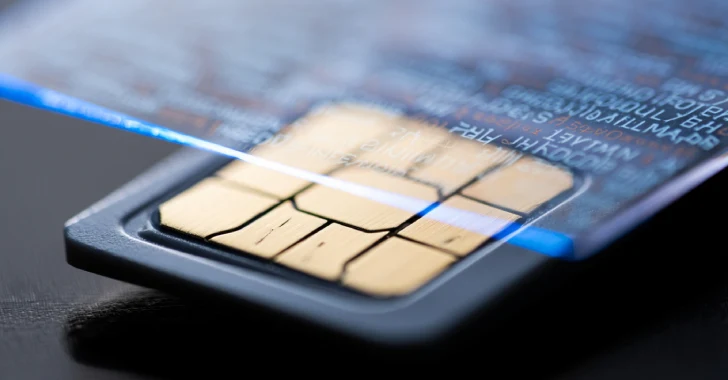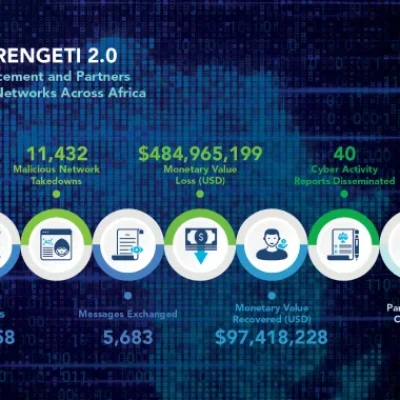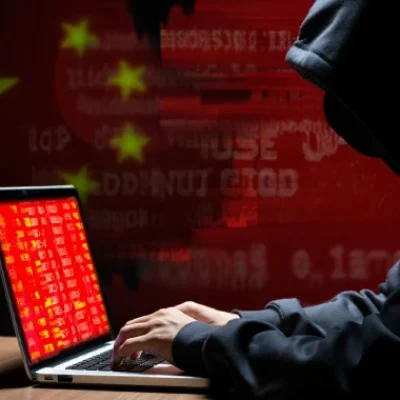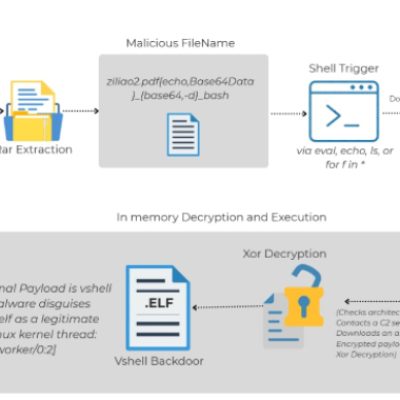In a startling revelation regarding national security, the U.S. Secret Service executed a significant operation that led to the discovery of a massive network threatening governmental safety. The operation, which culminated in a **SIM card seizure**, unveiled over 300 SIM servers and 100,000 SIM cards positioned close to the United Nations General Assembly in New York City. This incident serves as a sobering reminder of the vulnerabilities our communication infrastructures face and the potential threats to U.S. officials. The findings from this investigation promise to enhance our understanding of *how SIM cards can be weaponized* and the implications for security moving forward.
Through this article, we will explore the ramifications of SIM card seizure, how it can impact national security, and the ongoing investigations into these alarming threats.
Understanding SIM Card Seizure: What Happened?
The U.S. Secret Service recently disclosed that a network of electronic devices was taken down, which had been actively used to threaten U.S. government officials. In a statement from U.S. Secret Service Director Sean Curran, the danger posed by these 300 SIM servers and their associated SIM cards cannot be overstated, particularly in light of their proximity to significant global gatherings such as the United Nations General Assembly. These devices, while primarily used for telephonic threats, had the potential to disrupt telecommunications infrastructure, a fact that underscores the dangerous capabilities residing in seemingly innocuous technologies like SIM cards.
Notably, the investigation pointed to communications between nation-state threat actors and individuals already known to federal law enforcement agencies. This alarming collaboration hints at deeper entanglements of cybersecurity threats and emphasizes the need for comprehensive protective measures. As such, this **SIM card seizure** is not merely an isolated incident; it reveals a troubling pattern of behavior that could reverberate throughout national security efforts.
The Technical Implications of SIM Card Seizure
The tactical execution of a **SIM card seizure** sends a strong message to potential malefactors: the U.S. government is vigilant in the face of threats. However, the technical implications of such seizures are profound. The discovered SIM servers were capable of conducting various malicious activities, including:
- Disabling cell phone towers
- Triggering denial-of-service attacks
- Facilitating encrypted communication for nefarious purposes
The flexibility and capabilities of these devices raise concerns about their potential misuse in armed conflicts or against civilian infrastructure. According to cybersecurity experts, outdated or unmonitored systems can easily become vectors for large-scale attacks. The findings from this operation compel organizations and government entities to reassess their cybersecurity measures and explore more sophisticated strategies to protect sensitive communication channels.
Furthermore, as similar threats have been discussed in our analysis of cybersecurity trends, the necessity for proactive measures becomes increasingly evident.
Investigating the Threat Landscape Surrounding SIM Card Networks
An integral aspect of the **SIM card seizure** incident is the ongoing investigation led by the Secret Service’s Advanced Threat Interdiction Unit. The authorities are delving into various empty electronic safehouses that were identified in areas surrounding New York City. Locations such as Armonk, New York, Queens, and parts of New Jersey are pivotal in understanding how these devices were organized and operated.
These findings point to a network operating under the radar, possibly with international connections. National security teams are further analyzing the cellular communications that were facilitated by the SIM servers, aiming to get a clearer picture of the individuals behind these threats. As the investigation progresses, further revelations about these connections may arise, shedding light on the potential risk from outside actors.
In comparison to other incidents, this case illustrates the advanced tactics employed by cybercriminals, paralleling strategies discussed in our recent coverage of cybersecurity threats affecting global telecommunications.
Mitigating Risks: Lessons Learned from the SIM Card Seizure
The implications of this incident underscore the critical need for heightened vigilance in cybersecurity. Organizations must consider the potential for **SIM card seizure** in their overall risk assessment and develop strategies to mitigate these dangers. Important measures include:
- Regular audits of telecommunications infrastructure
- Training personnel on recognizing suspicious activities
- Implementing comprehensive monitoring systems
Additionally, the government and organizations should collaborate closely to ensure that security protocols are not only established but actively enforced. This multifaceted approach will help prevent similar incidents and protect against emerging threats in the evolving landscape of national security.
Furthermore, the case serves as a critical reminder of how vital it is for stakeholders to stay informed about technological advancements and their potential repercussions on safety. The proactive stance taken by the U.S. Secret Service represents an essential step forward in preventing the escalation of these threats.
Conclusion: The Future of Telecommunications and Security
The recent **SIM card seizure** executed by the U.S. Secret Service raises pressing questions about the future of telecommunications security. As threats continue to evolve, what can we learn from this operation? It is clear that immediate and decisive action must remain at the forefront of cybersecurity efforts. Understanding not just the capabilities of the technology at hand but also the motives of those who seek to exploit it is essential.
The response to this incident will undoubtedly shape future policy decisions and technological investments. As this situation unfolds, we encourage stakeholders to remain vigilant and collaborative in their approach to tackle these threats head-on.
To deepen this topic, check our detailed analyses on Cybersecurity section







